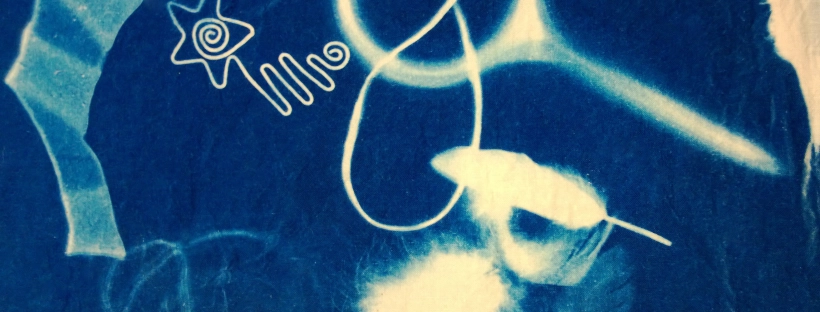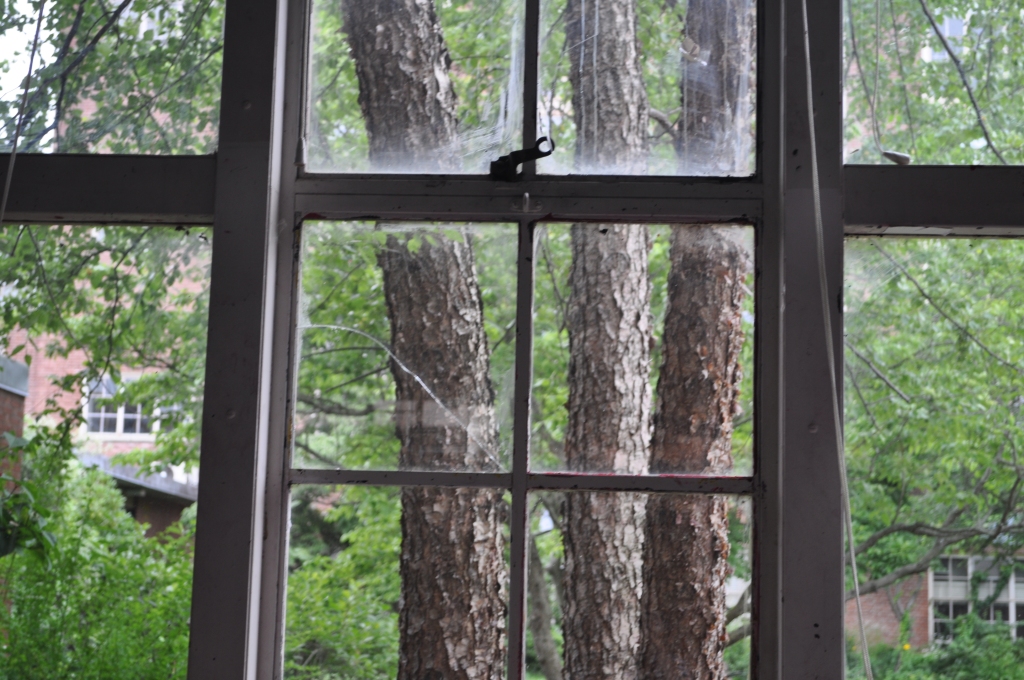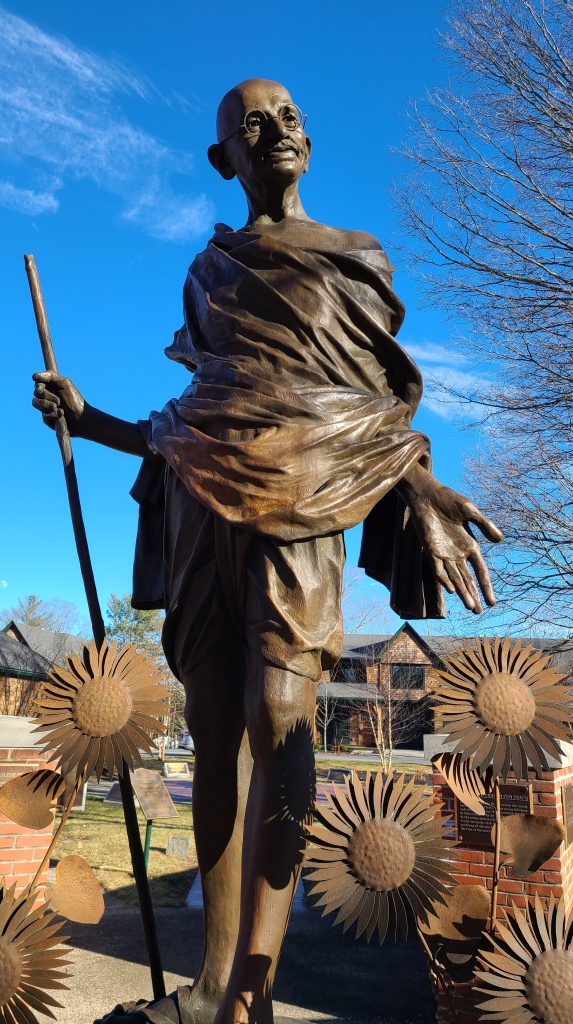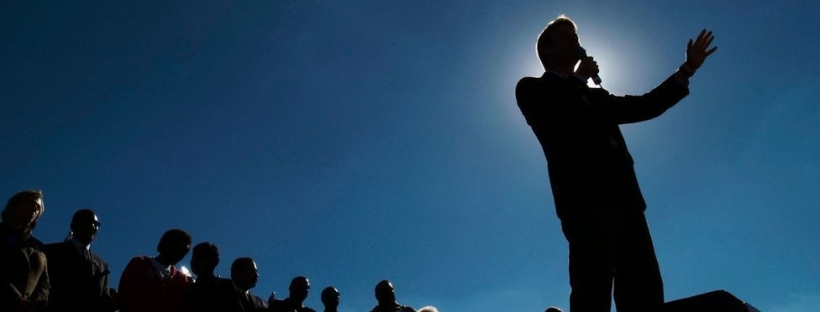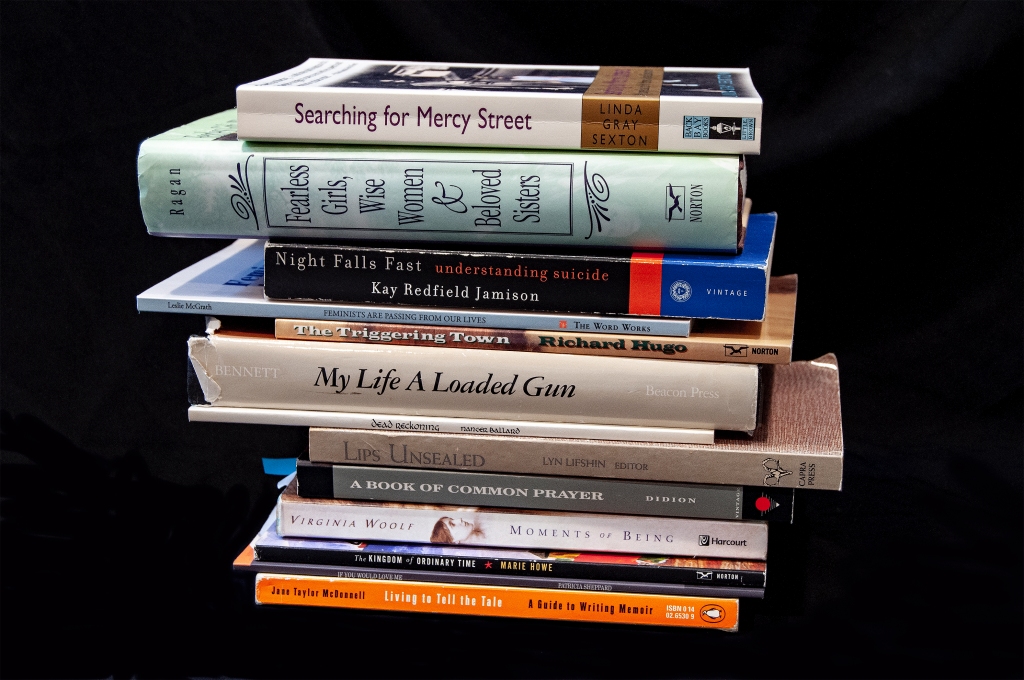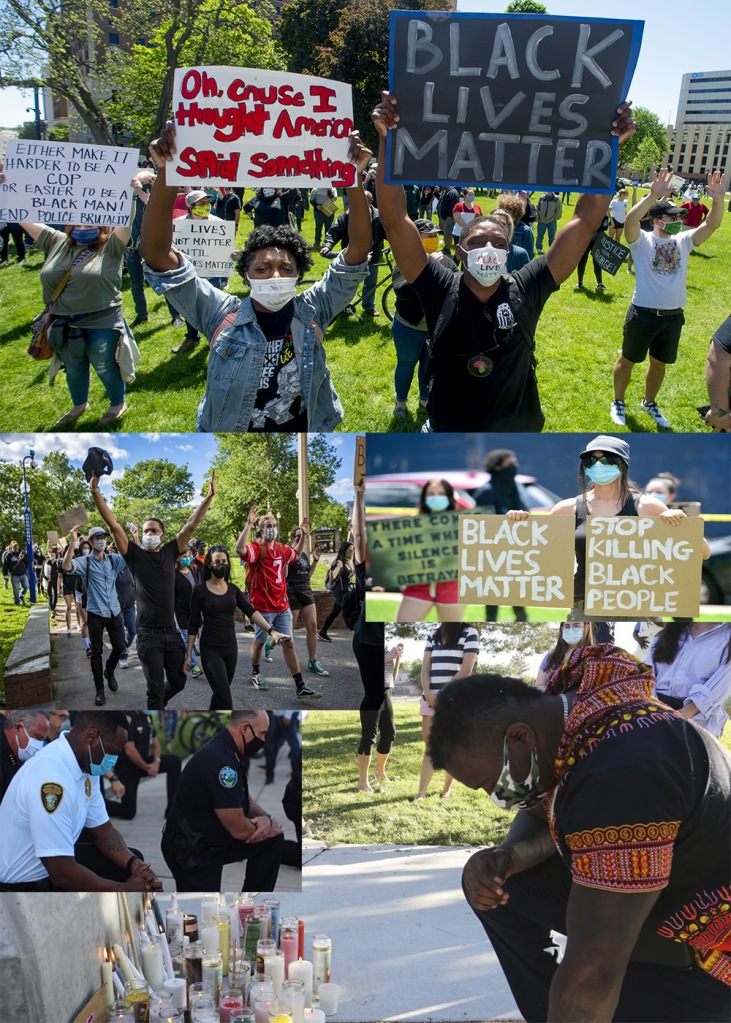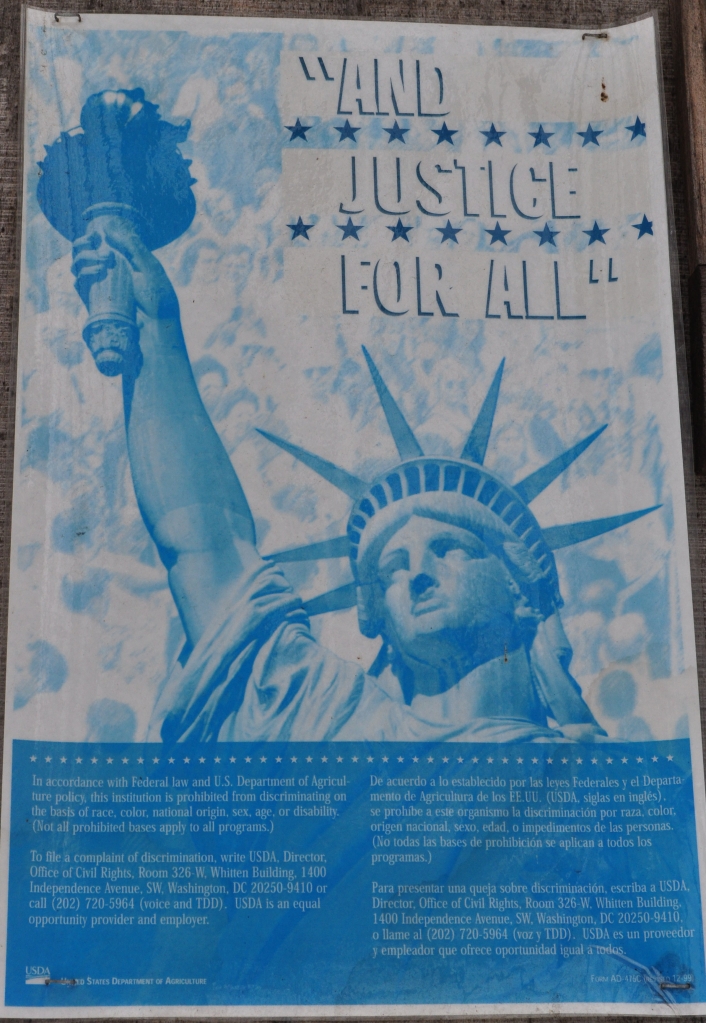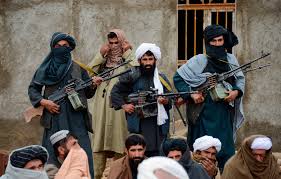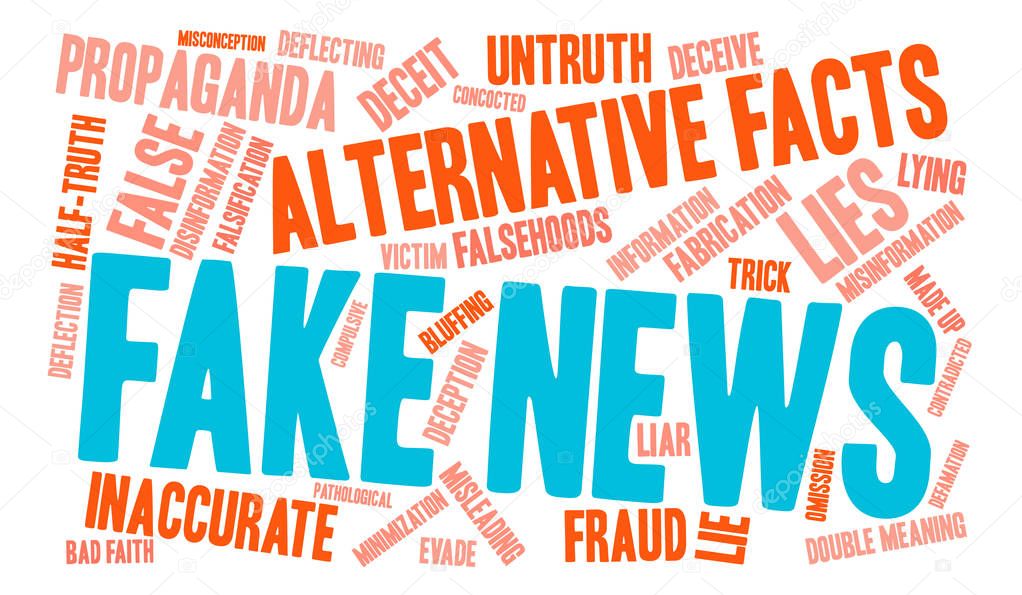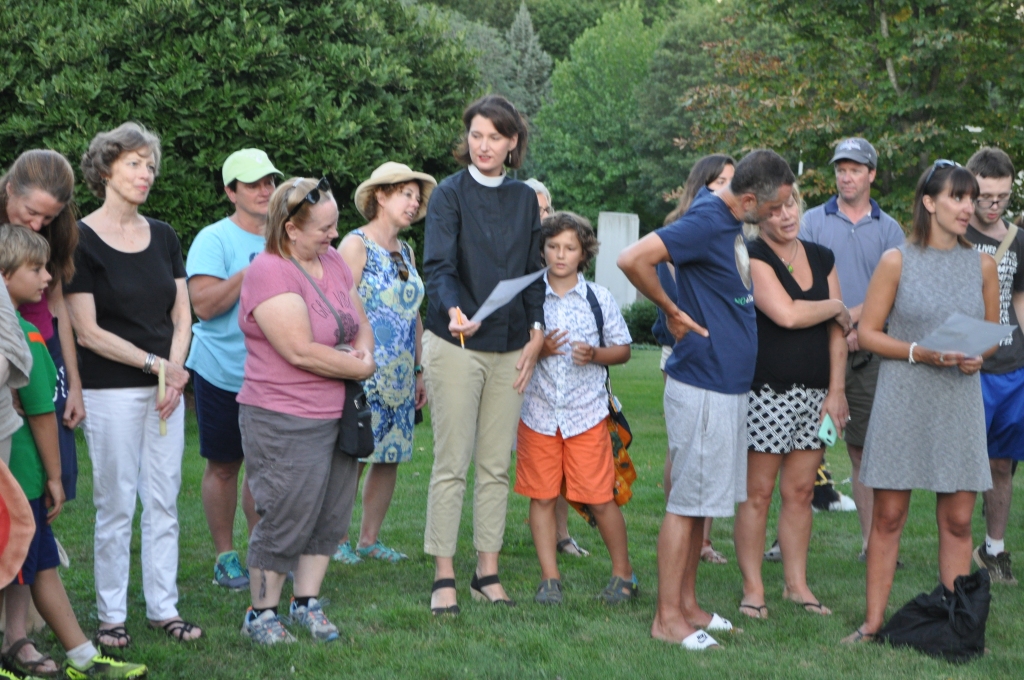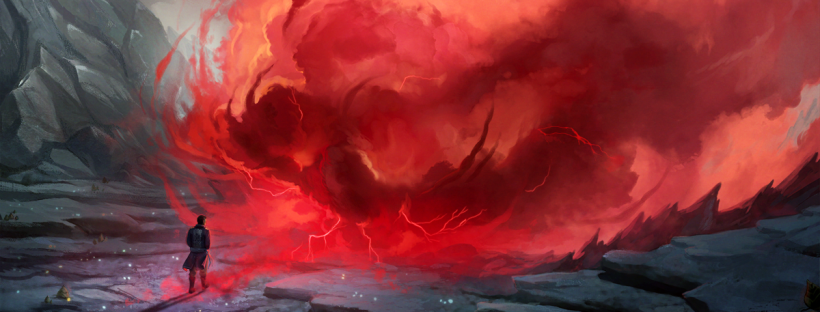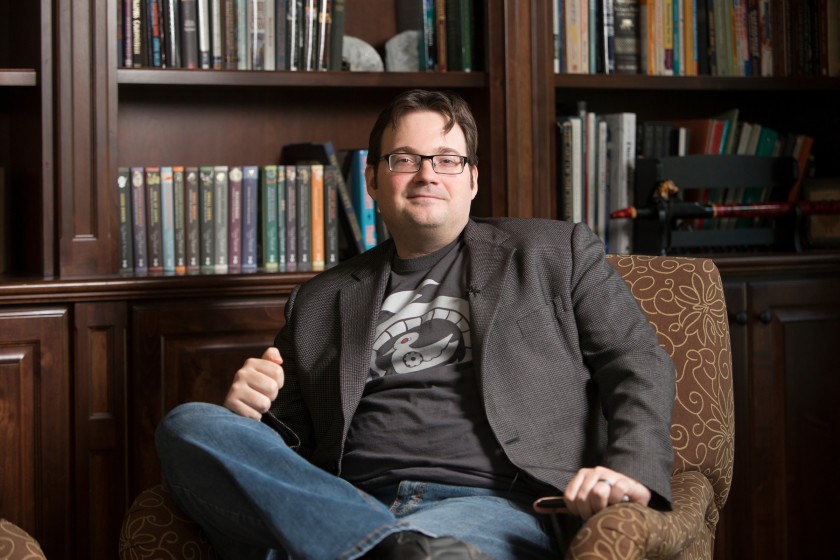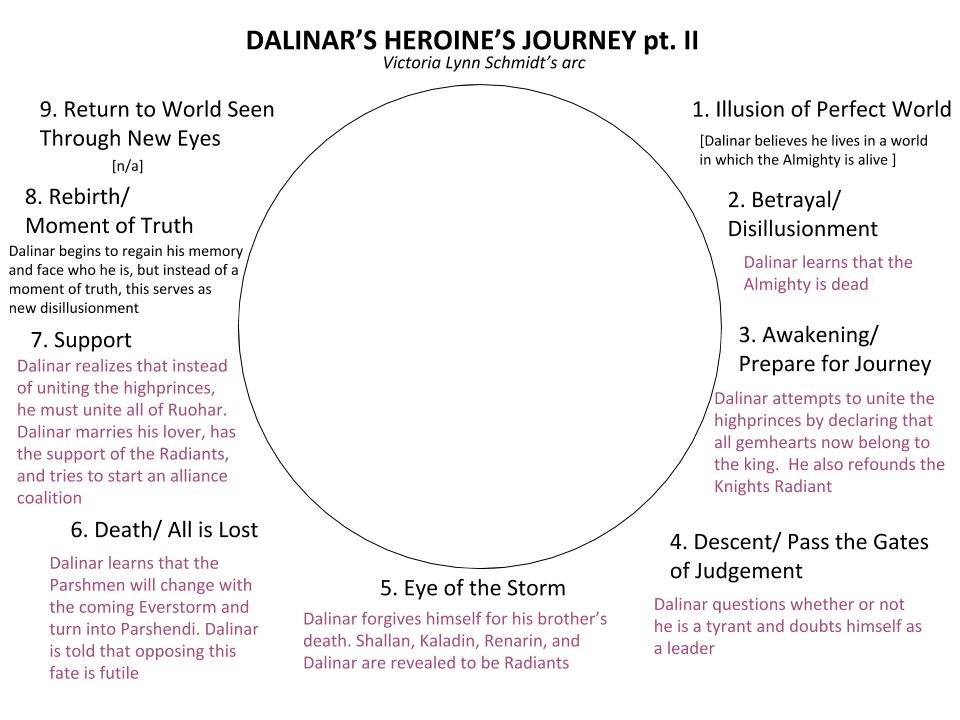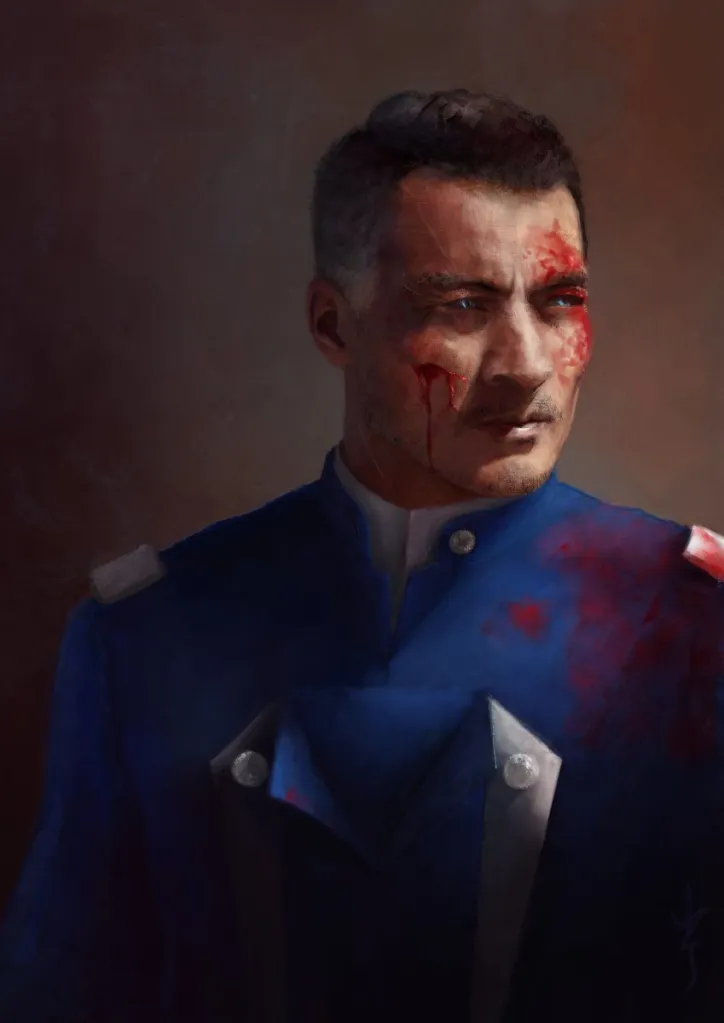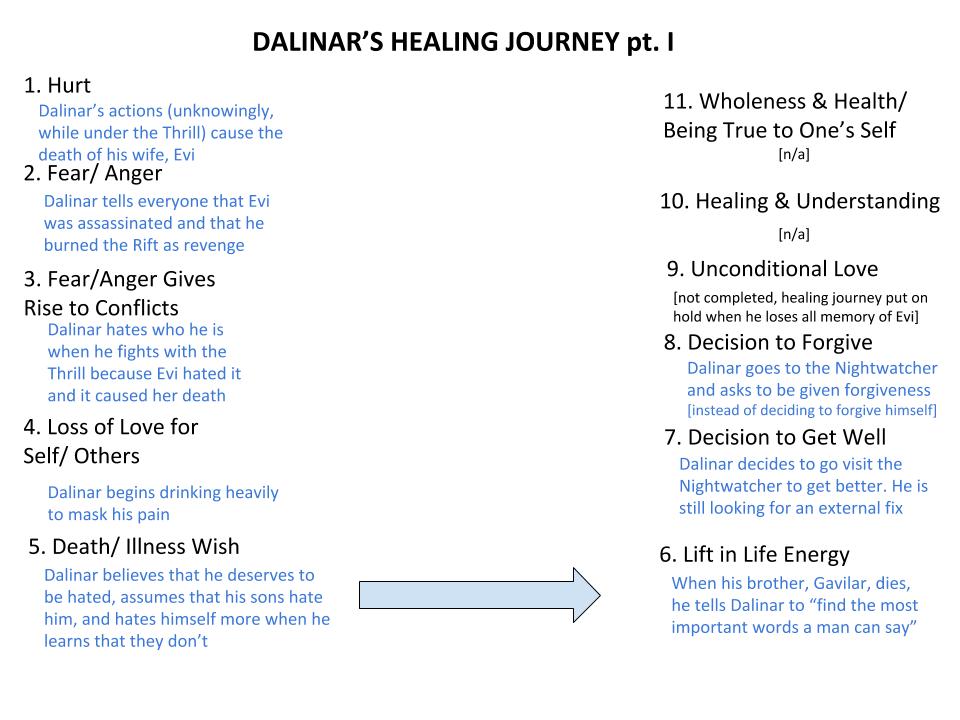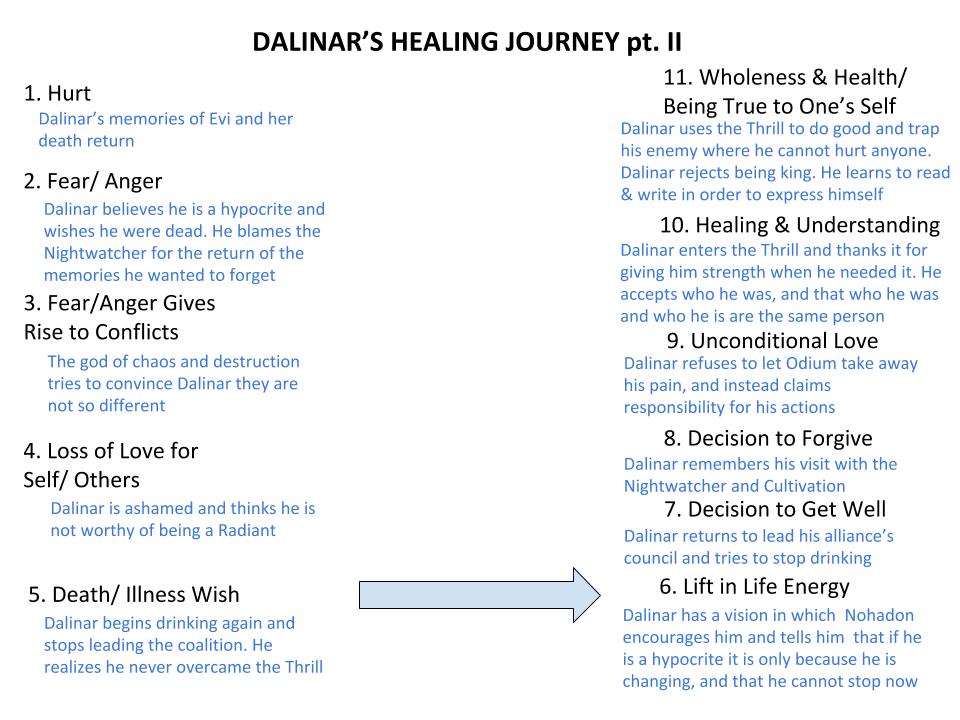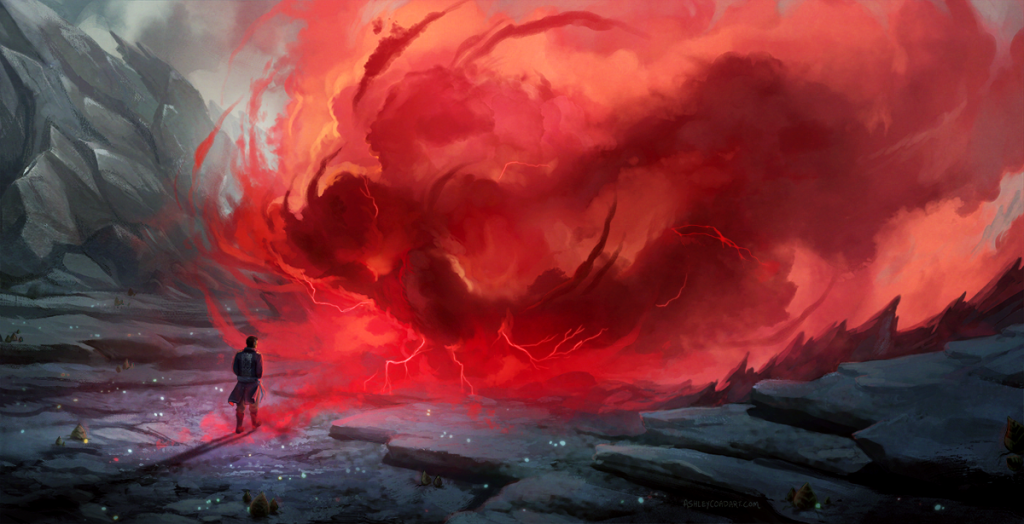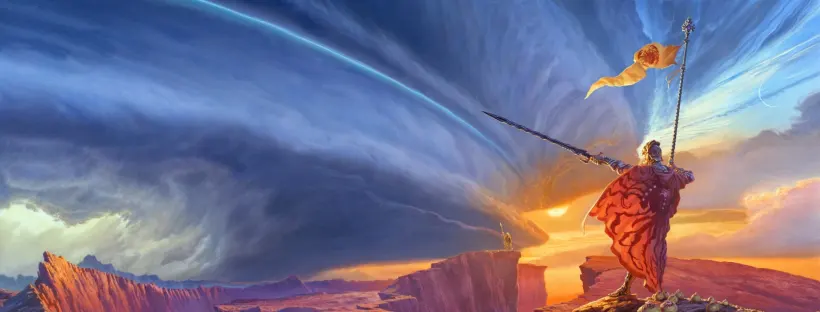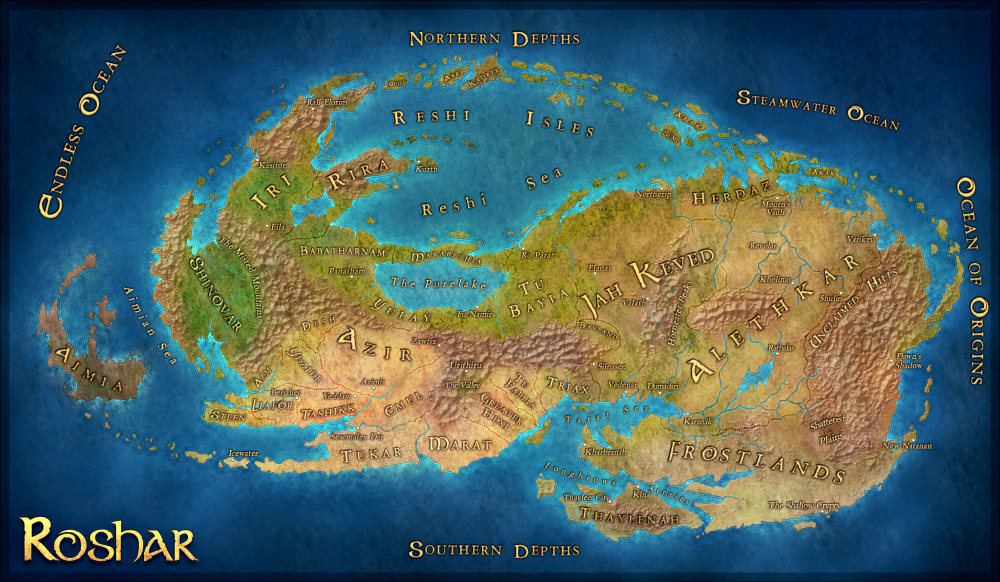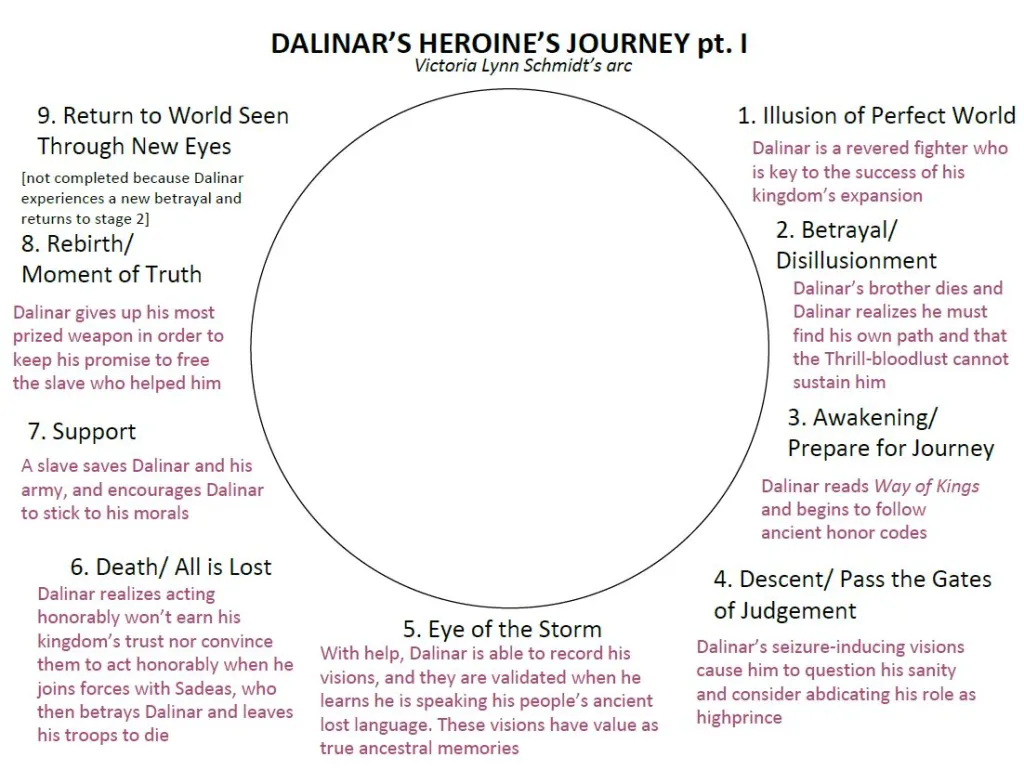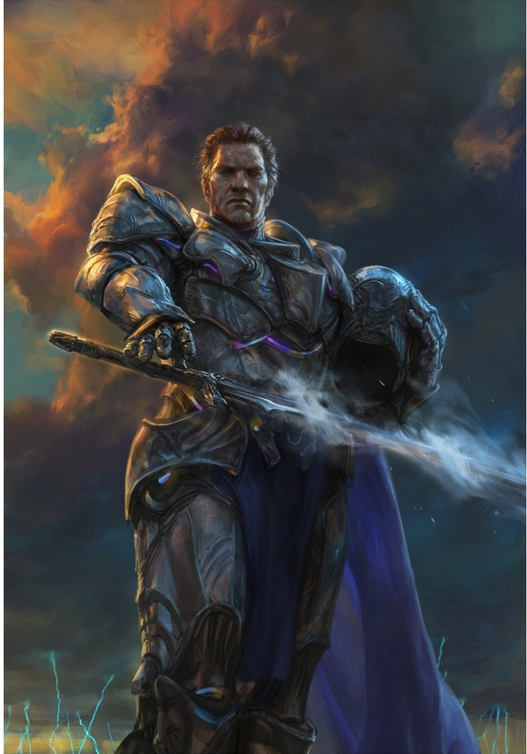Written by Nancer Ballard; ed. assistance by Savannah Jackson.
The Seeker’s Journey does not proceed through pre-determined steps as many of the other journeys, such as The Hero’s Journey, The Heroine’s Journeys, The Healing Journey, and The Journey of Integrity, do. The Seeker is guided by intuition or internal “sensing,” and paradigm shifts and transformation(s) act as milestones or significant steps in the journey. Although anyone on any journey can experience paradigm shifts or transformation, Paradigm Shifts and Transformation play a particularly important role in the Seeker Journey.
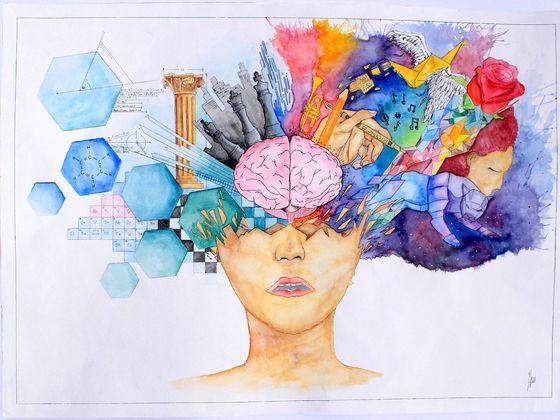
The Difference between Paradigm Shift and Transformation in a Life Journey
People often use the words “paradigm shift” and “transformation” interchangeably, but for purposes of describing life journeys, we believe there are significant differences. A Paradigm is a way of seeing or viewing the world. More technically, a paradigm is a partly-conscious, partly- unconscious explanation or mental model of reality that we carry in our heads. It is our interpretation of reality based on our physiology, our personal and cultural heritage, our experience, and our dreams, hopes, fears and beliefs.
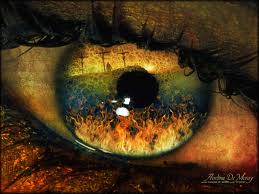
In a Paradigm Shift, one’s way of seeing— the world, one’s self, or one’s self in the world– changes, often suddenly. After a Paradigm Shift people often remark that they “see the world differently,” or “see through new eyes.” A Paradigm Shift is often marked by a felt sense that some previously unquestioned, profound understanding or perspective is shifting, or has reversed, or is suddenly “inside out.” For example, a teenager might read an article and suddenly see a long chain of self-talk about body image that she previously attributed to personal imperfections and weakness as the product of sexist cultural messaging. In a paradigm shift, background can become foreground, or one can experience a sudden re-arrangement of figure and ground. For example, an artist might suddenly see their traumatic life experience as providing potential rare gifts rather than simply hobbling them with painful burdens.
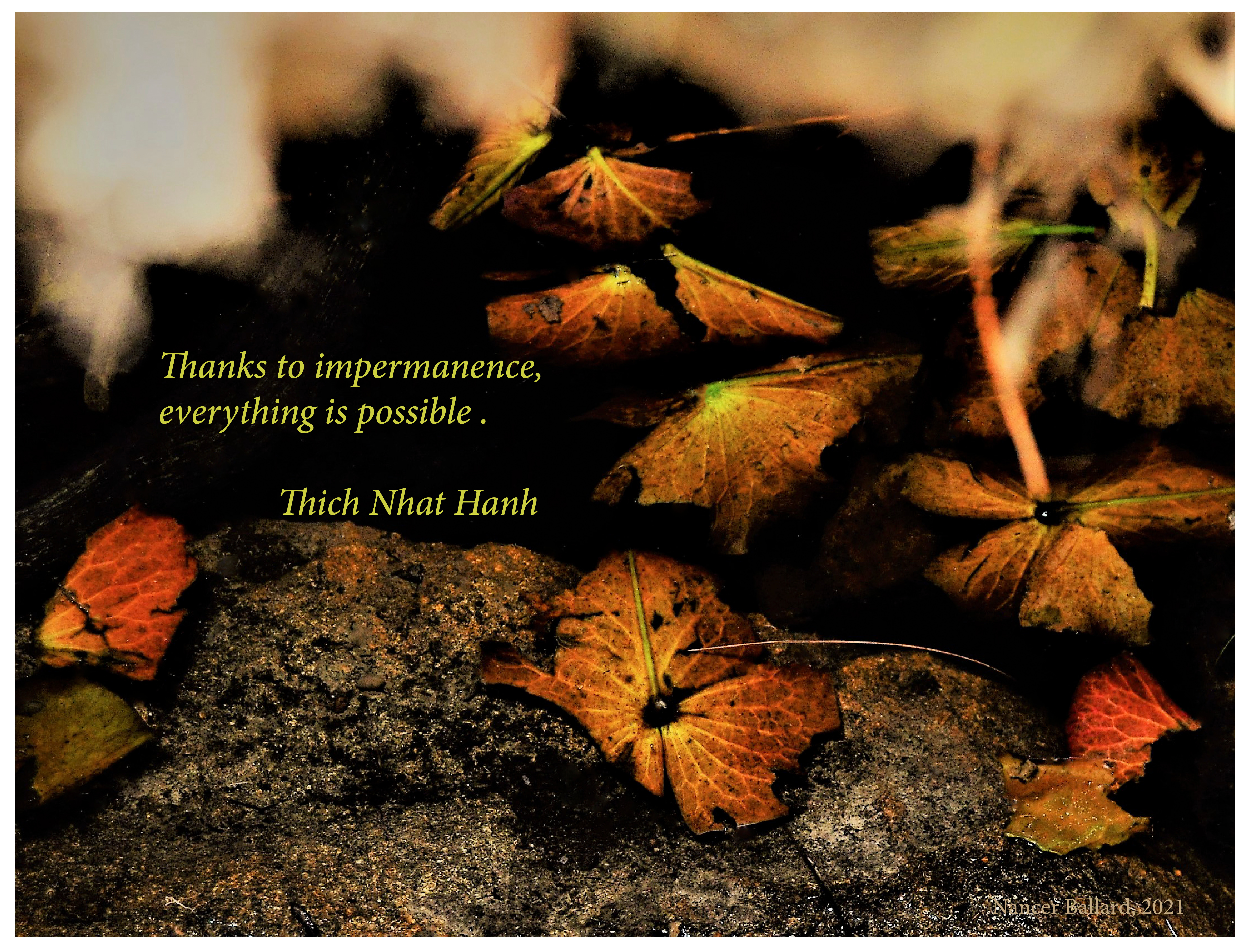
A Paradigm Shift can also be prompted by a shift in one’s perspective of scale—looking at an event from a meta point of view, or from some point far in the future, or from the perspective of someone living in an unfamiliar place in the world, or from a micro perspective. A paradigm shift can also be prompted by looking at the world or yourself through someone else’s different personal or cultural history or experience. See our previously blog post on Social Context and The Sociological Imagination in Our Real Life Journeys for further explanation on how one’s understanding of a larger sociological context can dramatically shift one’s understanding of personal agency and response-ability; Peggy McIntosh’s essays on the invisible knapsack of privilege for paradigm shifting work on race and gender; and Isabel Wilkerson’s book, Caste, challenging assumptions about race relations and class.

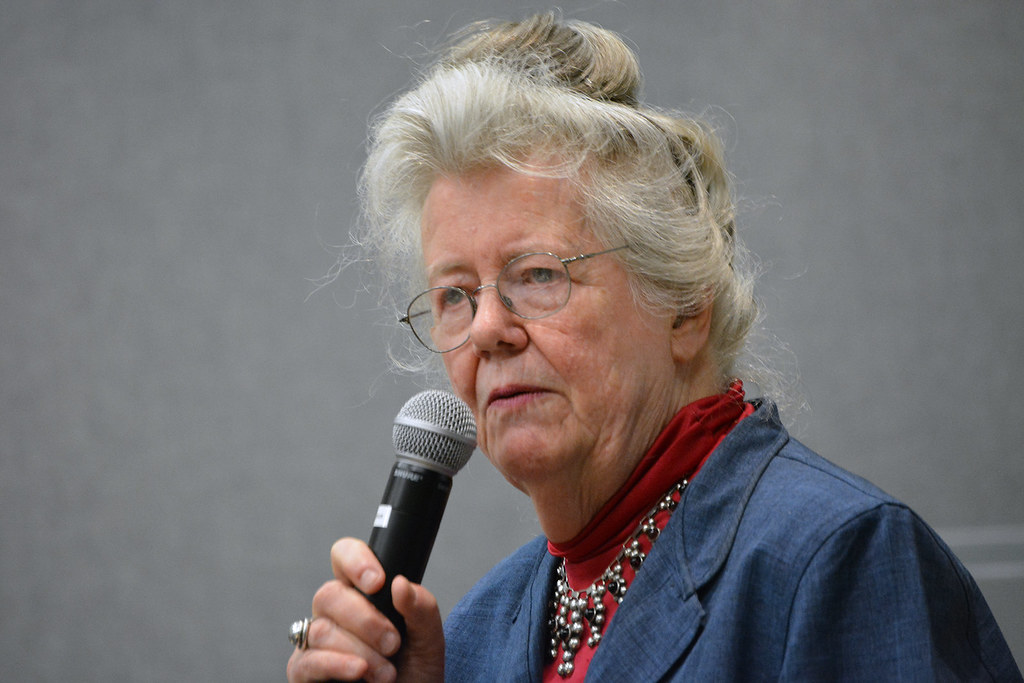
Indeed, any time the assumed temporal, spatial or cultural position or the identity of the perceiving “I” changes, the grip of one’s “normal” default paradigm loosens and a shift is possible.
A Transformation is different than a Paradigm Shift because a Transformation involves a fundamental change in the way one relates or interacts with one’s self and the world. It’s not that one merely “sees” the world differently; one’s “form” or way of be-ing and relating to the world is transformed. For example, a caterpillar transforms into a butterfly. A Paradigm Shift is fundamentally about seeing differently, and transformation is fundamentally about changing the way one interacts with the world. To be transformative, these change(s) must be pervasive and profound.
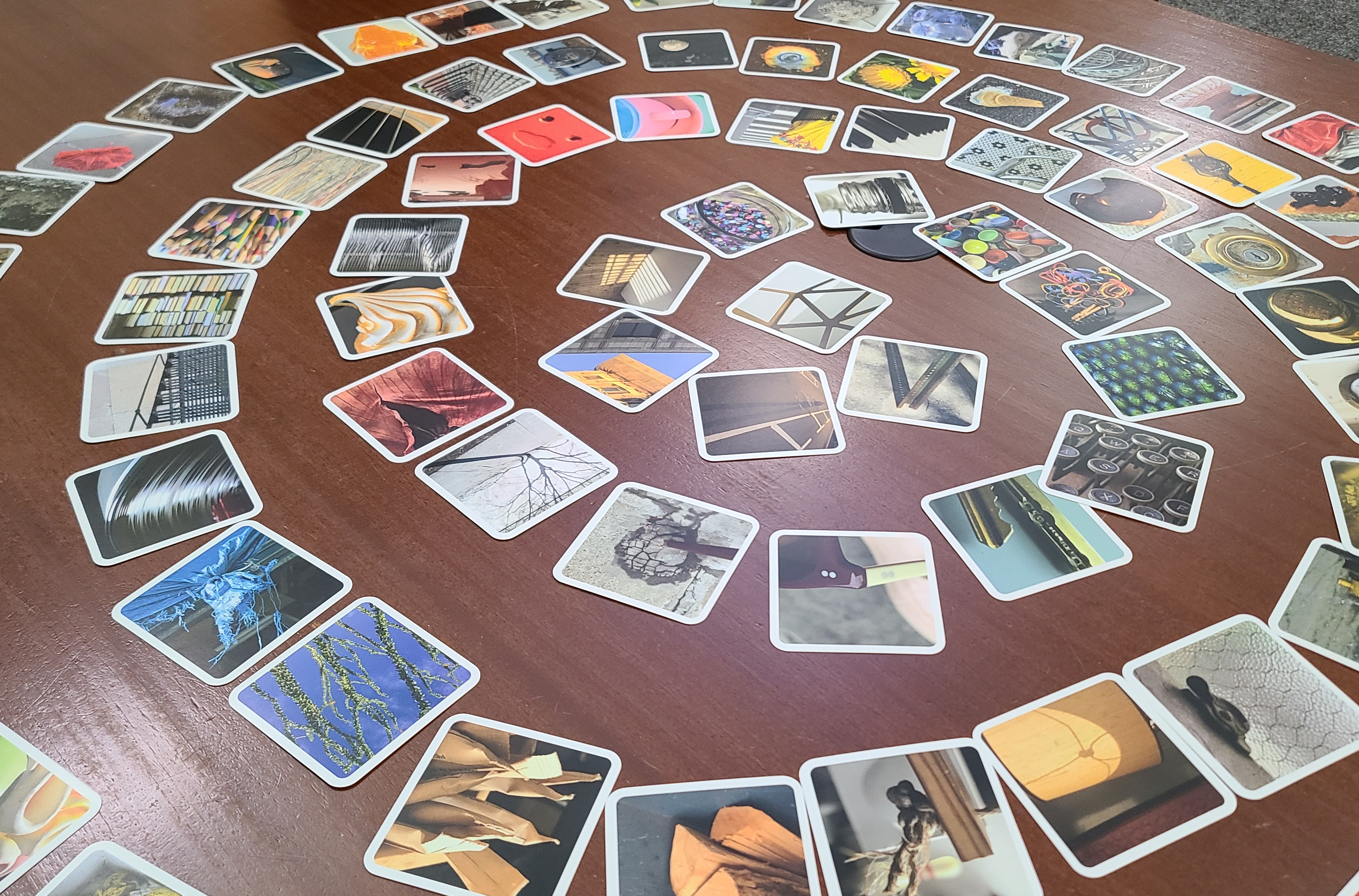
The Difference Between Transformation and Mere Change
Transformation is more pervasive and fundamental than mere change. We constantly make small (and sometimes large) changes to maintain our existing sense of reality or equilibrium in response to evolving circumstances. Changing to maintain a pre-existing sense of reality or equilibrium is not transformation. We can also change a discrete aspect of how we interact with ourselves and the world—one relationship, one habit, our view on one issue– without being transformed.
Of course, a single small change, such as reading one book at the right time, befriending someone outside your normal circle of friends, taking a new risk (or refusing to take one), or learning a new skill can have a cascading effect that leads to transformation through action and other changes. In fact, transformation almost always involves many changes that, over time, result in a fundamental shift in how one interacts with self and the world. It’s also worth noting that the gravity of an external event does not determine whether a Seeker will experience that event as transformative. Being caught in a life-threatening flood, or winning a long sought-after award may result in temporary change for one person and be transformational for another.
Transformation Takes Time
In human beings, transformation often takes place internally and then is manifested externally. As part of the internal change process, one’s understanding of self and the world often shift, so it’s not surprising that people sometimes equate paradigm shifts with transformation, but in transformations, a Seeker’s internal changes are manifested externally by changes in their enacted values, actions, statements, etc. Although transformation sometimes feels as if it occurs in a particular moment, it takes time for the new way of being to be practiced so that the transforming changes “take hold” and become fully integrated into a “natural” new way of being.
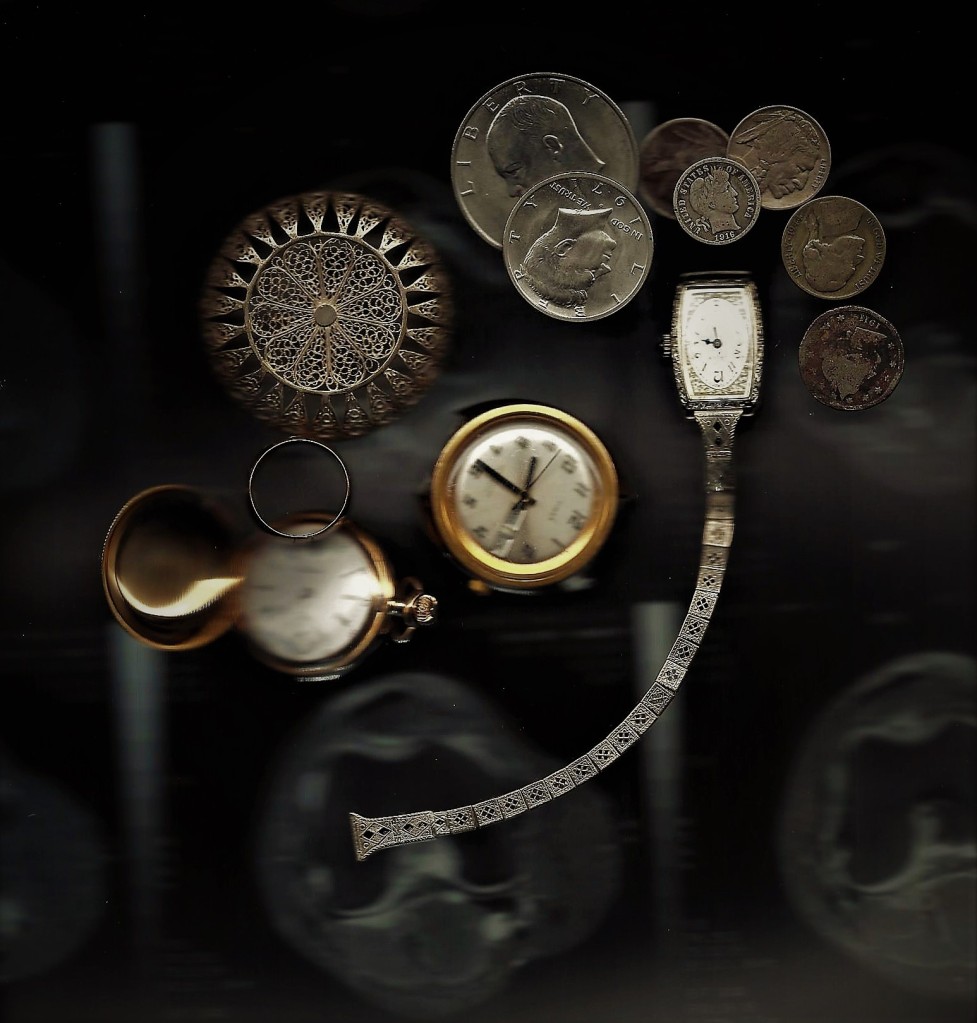
Seeker Journey transformations can seem frustratingly slow while the Seeker is making the journey. Time is often necessary, and a sign of Seeker health rather than weakness. It takes time and repetition for neural routines associated with new (transformative) thoughts, feelings, and reactions to be established and to replace the former routines, so that our new ways of interacting with ourselves and the world become our new “normal.”
For example, say a person or character discovers that one of the parents they assumed was a blood relative is not. The revelation may feel shattering and immediately consequential, but integration of their new understanding of themselves and family members (including those who knew the secret and those who did not) and understanding how this revelation affects how they relate to themselves, family members, the newly discovered relative (whether known or unknown, alive or dead), others around them, and the world more generally, is likely to take significant time.
Paradigm Shifts and Transformations Often Serve as Milestones in a Seeker’s Journey, But They Need Not Occur in a Particular Order
A Seeker’s Journey can begin with a Seeker’s vague sense that something more or different is needed in their life. Sometimes the Seeker experiences an event that results in their having a Paradigm Shift and that is the first signal that a Seeker Journey has begun. A Paradigm Shift can also be a first step in transformation. Sometimes multiple paradigm shifts occur during a transformational process, or, a Seeker may realize quite late in their journey that their beliefs about themselves and/or the world have significantly changed in ways that they didn’t realize at the time. In short, Paradigm Shifts and Transformation(s) are usually, if not always, part of a Seeker’s Journey or experience, but they need not occur in a particular order.
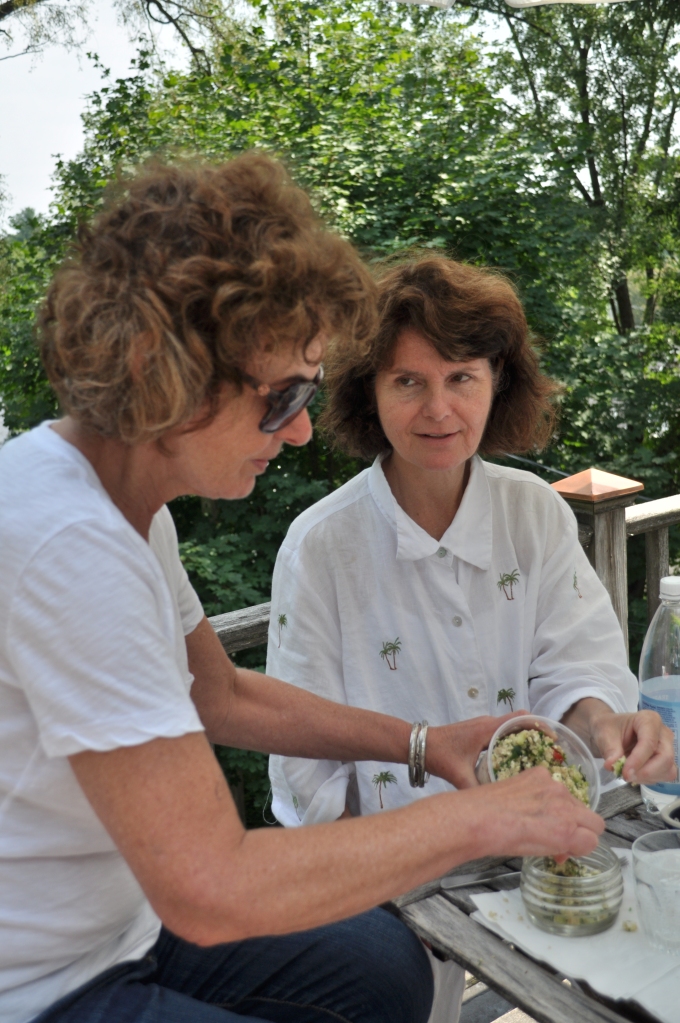
Whether a Seeker’s Journey (or another sort of journey) begins with a Paradigm Shift producing event is likely to depend upon the nature of the journey and one’s personality. Journeys that involve major physical changes, such as illness, injury, prolonged physical labor, withdrawal from addiction, or pilgrimage may not involve as many, or early, paradigm shifts because so much conscious energy is being invested in physical work and/or surviving.
Also, some people’s minds (and likely their brains’ physiology) are more susceptible to experiencing and/or recognizing paradigm shifts than others, just as it is easier for some people to see optical illusions and to switch back and forth between background and foreground than it is for others. I consider myself lucky that I have paradigm shifts on a regular basis; they are delightful, insightful, inspiring, and sometimes horrifying. However, over the years I have learned that it is the daily, sometimes arduous, practice and persistence that leads to transformation(s) and performs most of the heavy lifting and magic in a Seeker’s Journey.


